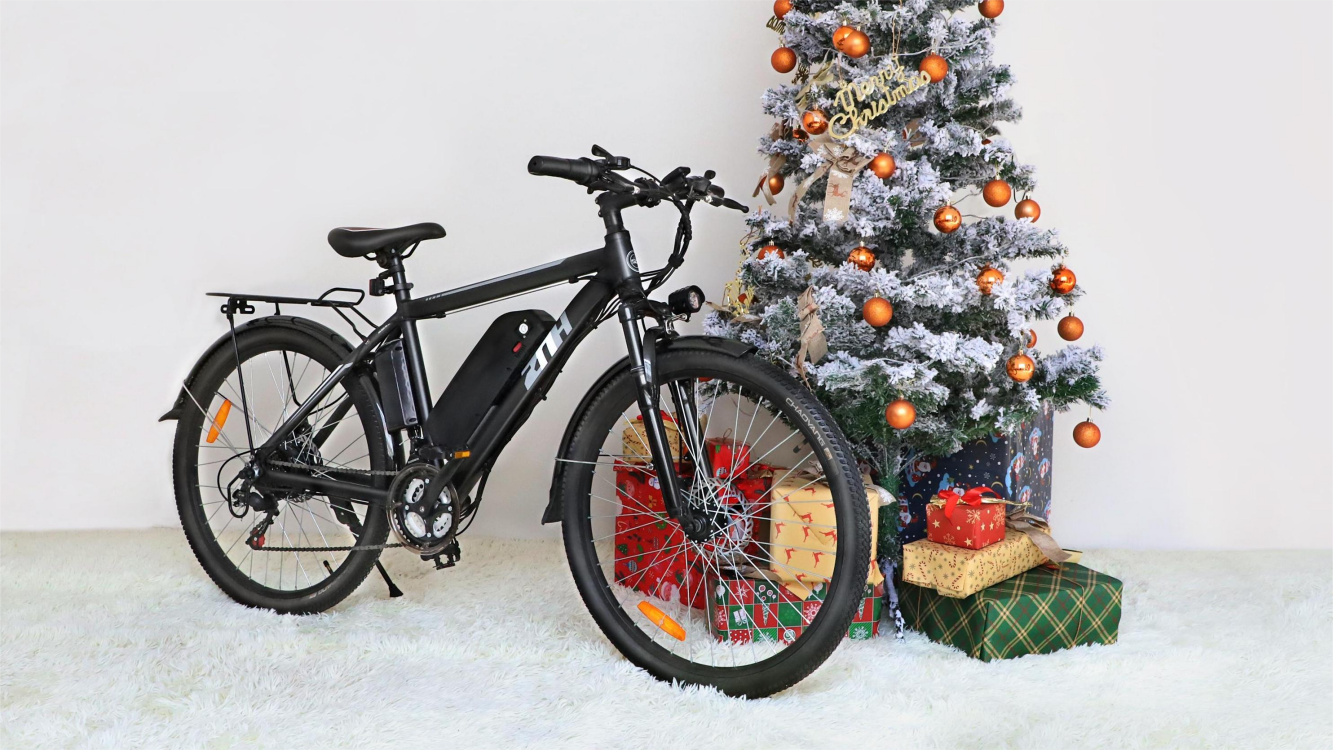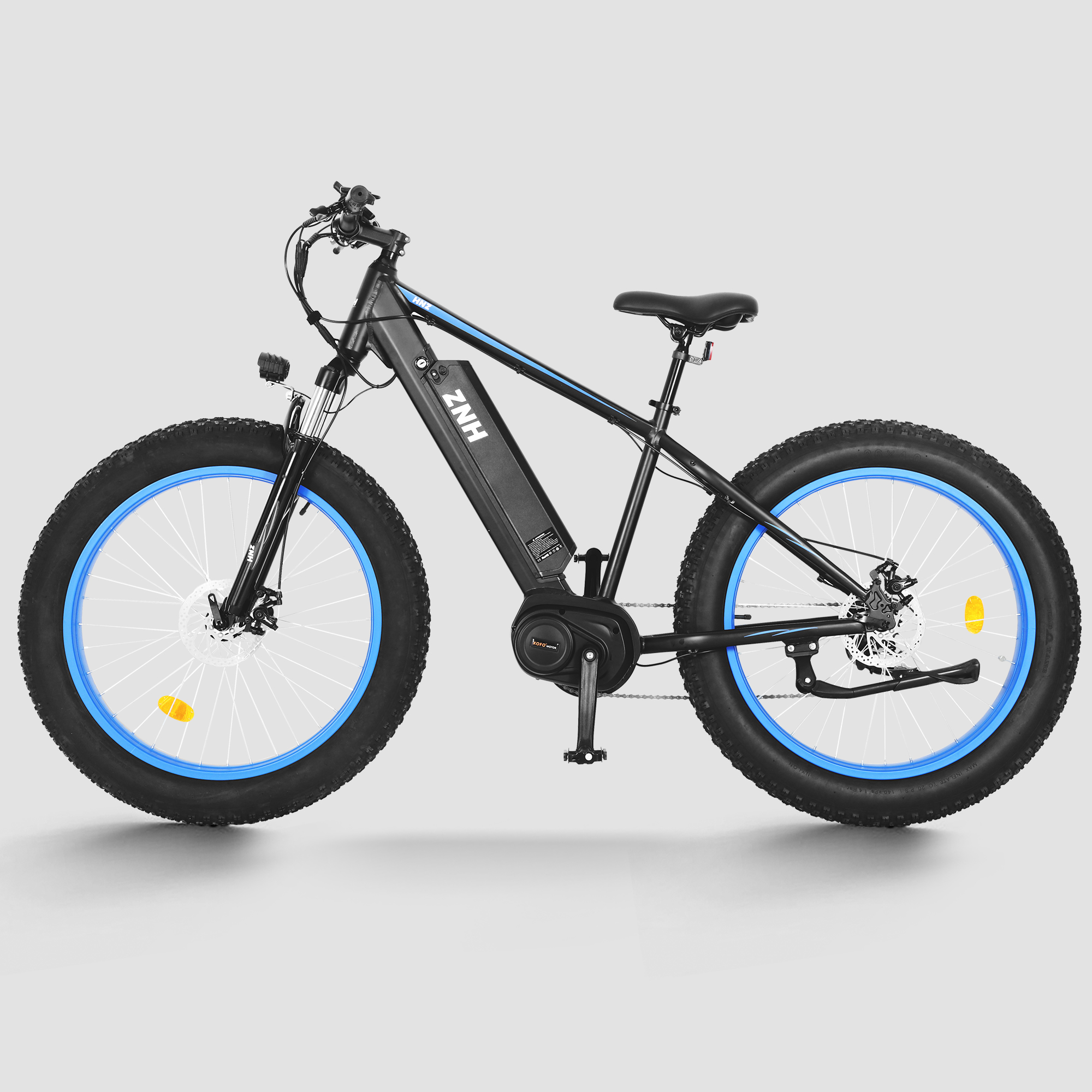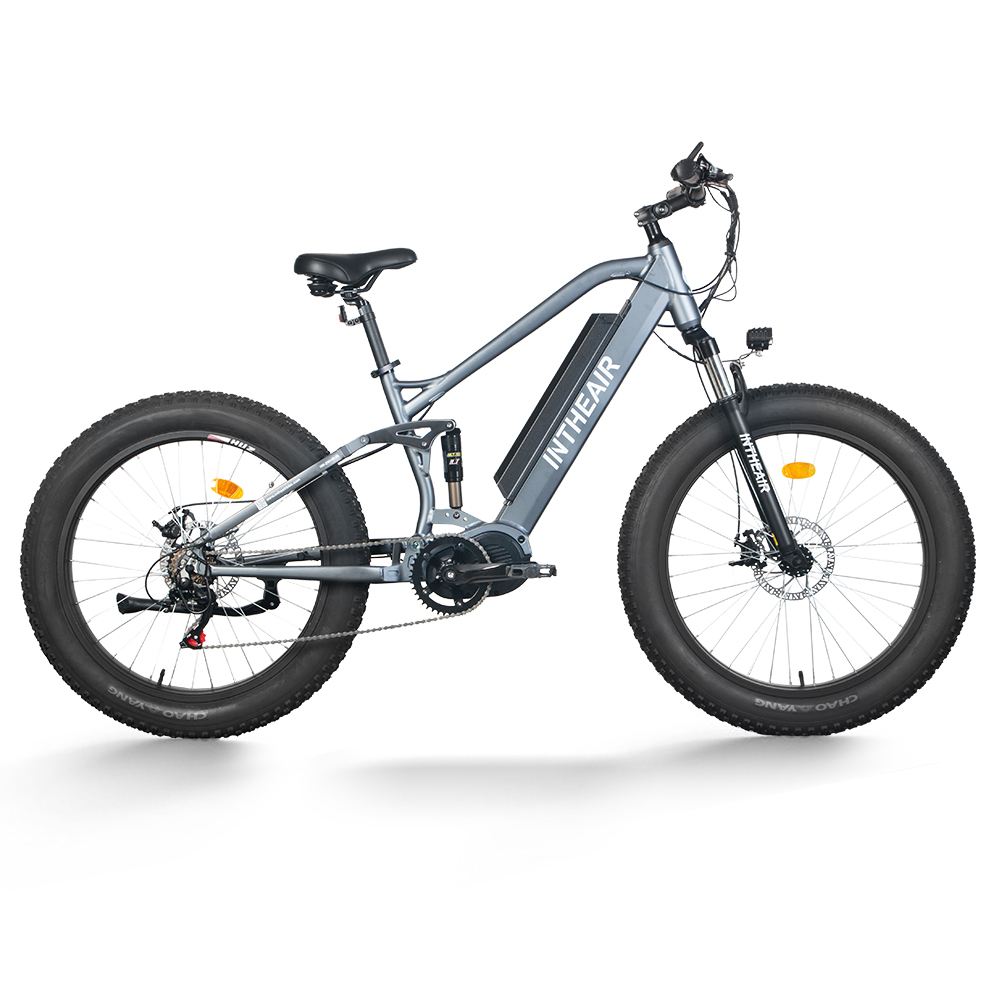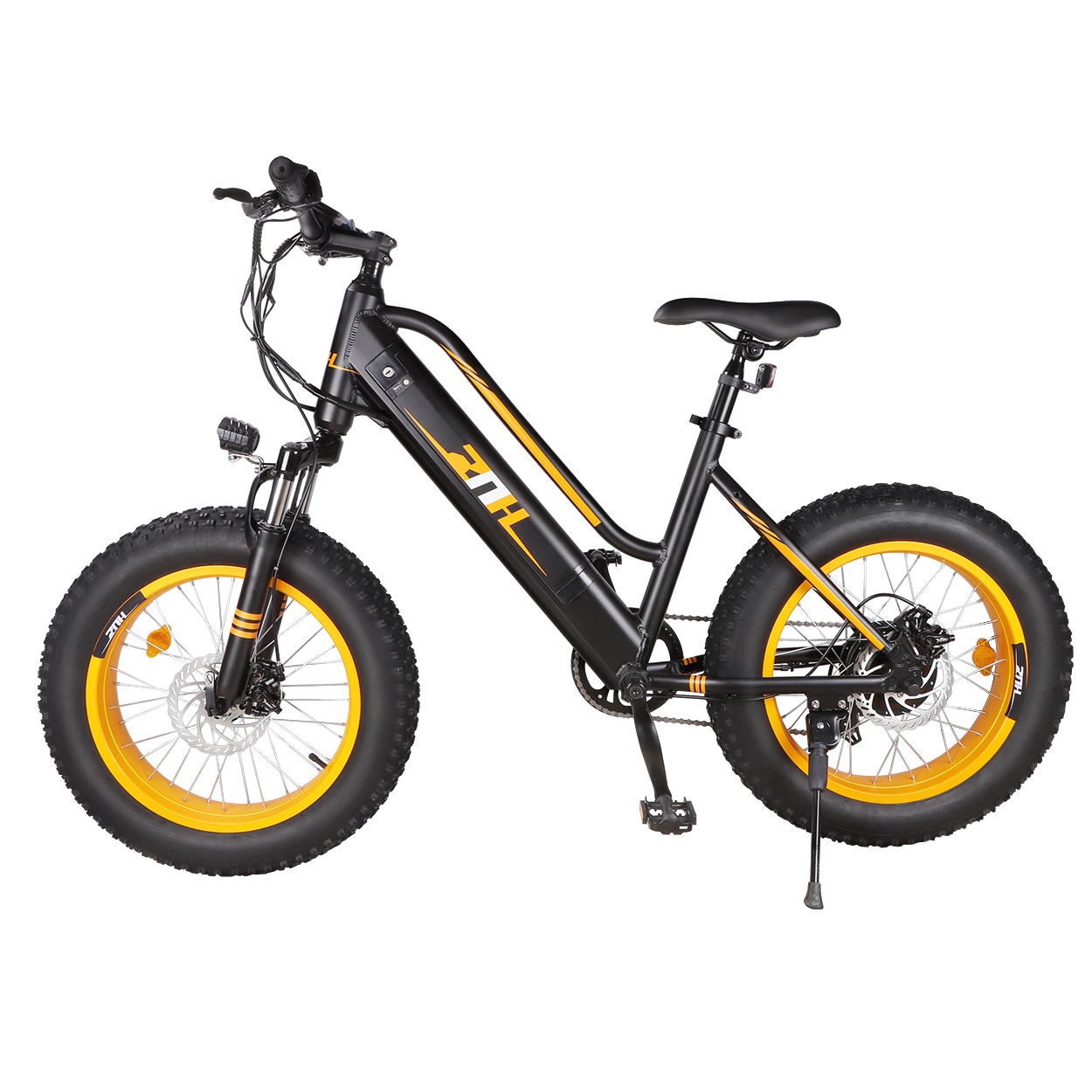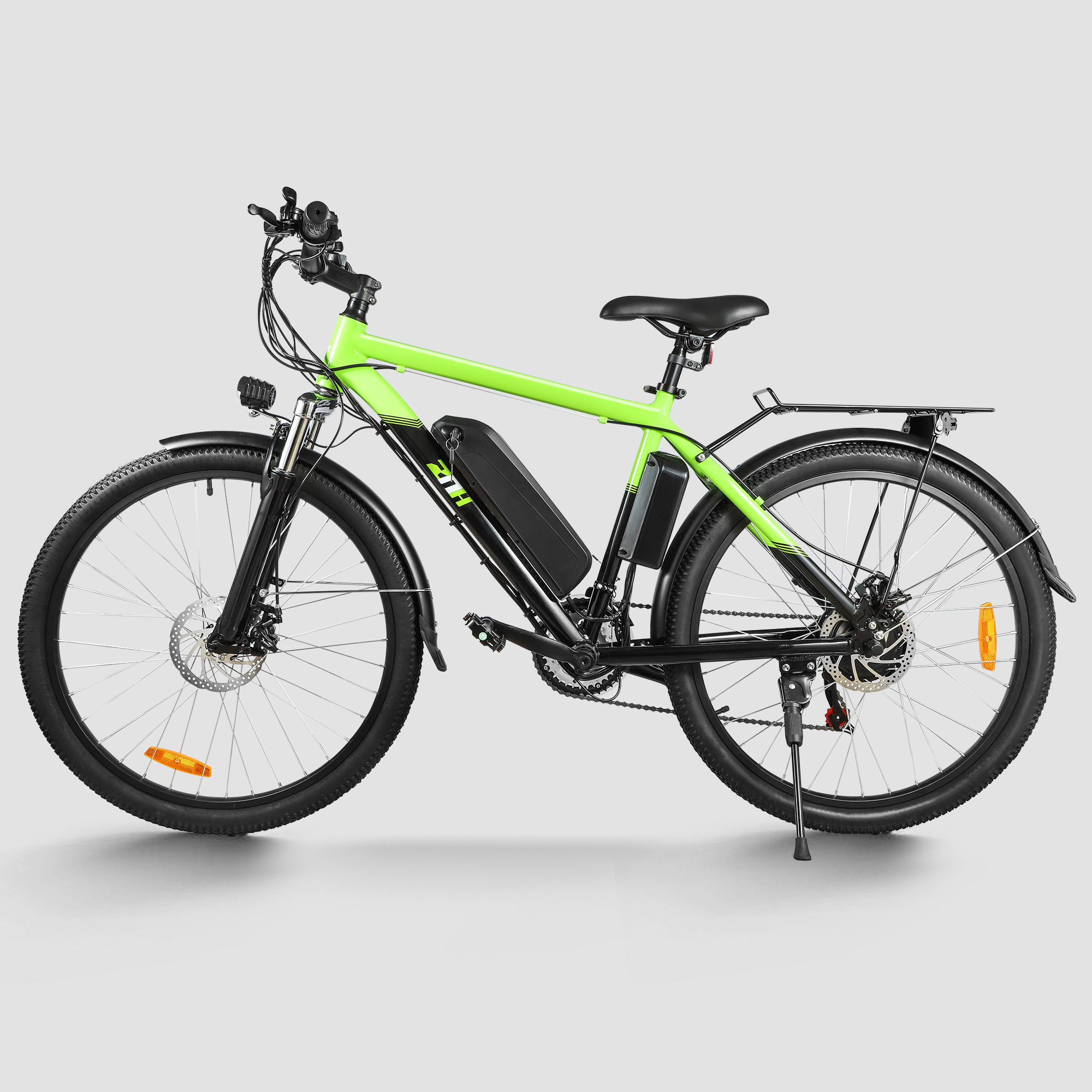Road electric bike riding tips, know all about tire pressure settings
As we all know, for road riding, good tires are essential, and setting the right tire pressure can better develop tire performance, improve speed, comfort, grip and puncture resistance, so as to get a better ride experience.
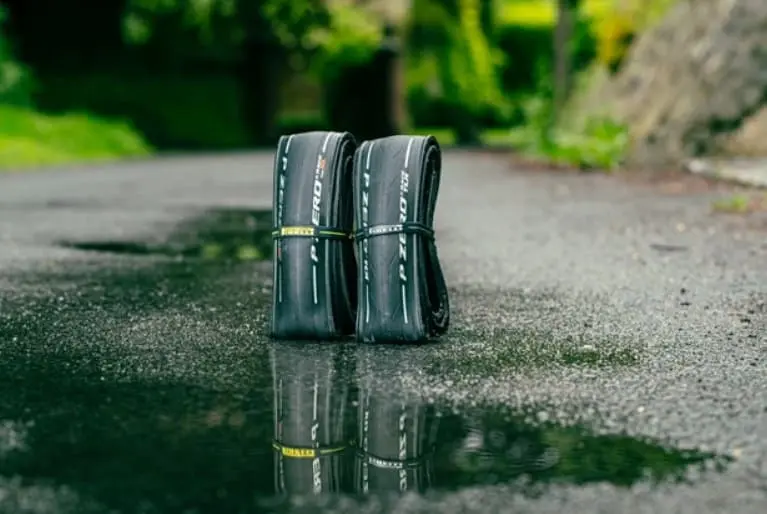
With the variety of riding styles and tire models, gone are the days of simply adjusting the tire pressure on a road bike to the maximum air pressure the tire will allow and hoping that the tire is in top shape. In fact, high tire pressure can not only make you uncomfortable, it can also slow down your ride.
Therefore, optimizing tire pressure is one of the easiest and cheapest ways to provide road bike performance and comfort.
Again, the proper tire pressure will vary depending on rider weight, tire width and road conditions. Set the tire pressure according to the official recommendation, even if you are new to riding, you can easily get started. If you want to optimize your riding experience, then you will definitely find the right answer below.
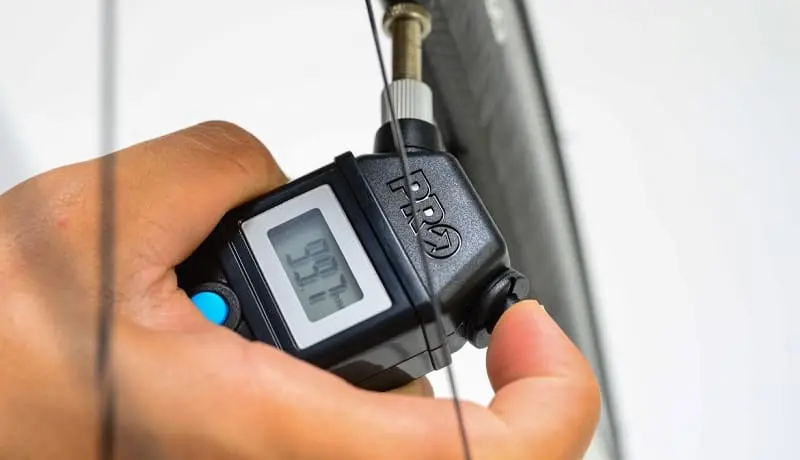
First, you need tire pressure high enough to minimize energy loss from tire deformation and improve cornering handling. But the tire pressure also can't be too high to absorb, rather than rebound, shock from road bumps.
In this article, we will explain why tire pressure is so important, what factors affect tire pressure, and how to find the most suitable tire pressure.
For beginners who are just starting out, we also explain how to inflate bicycle tires, as well as tube size, valve type, material, and more.
Before diving into the details, let’s talk about the four key things below.
1. Why is it so troublesome?
If the tire pressure is too low, it may squeeze the tire against the rim, puncture the tire or damage the wheel.
From a performance standpoint, optimizing tire pressure is critical to reducing rolling resistance and improving comfort. Rolling resistance is the force that resists the rolling motion of a tire on the ground.
If the tire pressure is too high, the tires will become very stiff, and the bike will become more bumpy because the tires cannot fully absorb road vibrations, which is not only uncomfortable to ride but also quite wasteful of energy.

Some people may feel that higher tire pressure will make you ride faster, but in fact this reduces tire grip and increases high-frequency vibrations transmitted from the road to the bike, resulting in additional muscle fatigue that will make you ride slower.
Correctly set tire pressure not only made us ride faster, but also more comfortable.
It is best to use a pump or air pump with a pressure gauge for more precise tire pressure setting. Considering that you will be using it for a long time, it is better to choose a high-quality product.
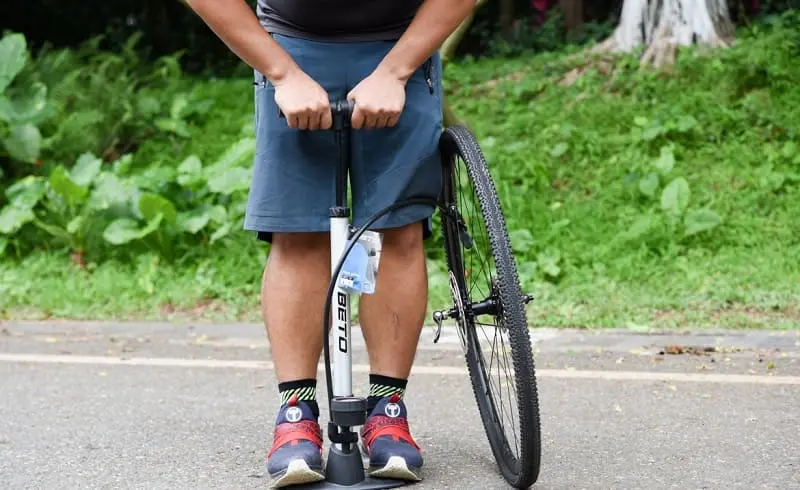
3. Reasonably set tire pressure
Road bike tire pressure should be set moderately "too low" rather than "too high."
According to Silca's tests, once the optimum pressure value for a given setting is exceeded, performance degrades rapidly. A little lower tire pressure will only result in a relatively small loss of speed, and a slightly lower tire pressure will be more comfortable on rough roads.
4. How to set your own tire pressure
It’s worth mentioning that some tire manufacturers offer pressure recommendations or apps for quick-setting tire pressures for their line of road bike tires, which we can use as a general reference for setting on slick asphalt in dry weather.
You need to pay close attention to the actual size of the tire when it is inflated, if the actual tire width is greater than the nominal width, the tire required air pressure will be slightly less than the air pressure suggested in the table, and vice versa.
Likewise, for heavier or heavy-duty riders, the optimum tire pressure will be higher; for lighter riders, the optimum tire pressure will be lower.
The last thing to note is that the manufacturer's relevant limits for tire pressure settings must be strictly followed, especially the maximum tire pressure limit. These are usually stamped on the tire or rim sidewall.
If you have a pair of hookless rims, the maximum allowable tire pressure may also be much lower than hooked rims.
It is important to never exceed the maximum air pressure displayed on the tire or rim when inflating.
How does Pirelli's recommendation compare to the tire pressure that an individual actually uses? Let's look at some examples.
Let me introduce myself first, my weight is between 63-64kg.
Time Trials are my personal favorite. On my TT, I opted to use 23mm tires on 19mm width rims, but their actual inflated width is closer to 25mm.
Considering that most of the time testing is done on fairly good roads without too many potholes, I chose to set the tire pressures at around 90psi front and rear.
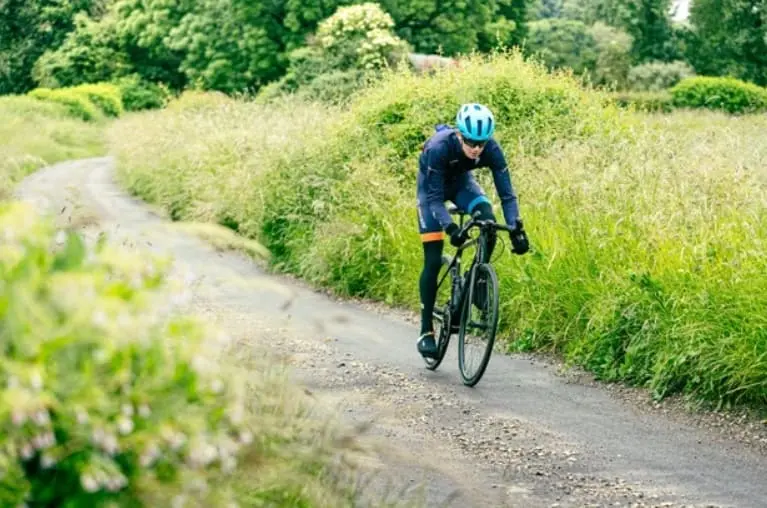
However, on my Giant TCR Advanced Pro 2, I usually run 28mm tires on 19mm rims. Because the roads I ride tend to have gravel conditions, I usually use about 65psi of air pressure.
Do you ride a mountain bike? Road bikes have very different tire pressures than mountain ebikes, which have much wider tires (and rims) and you have to deal with all kinds of roadblocks.
Factors Affecting Optimal Tire Pressure
The above recommendations apply in general. But in addition to tire and rim size and rider weight, there are many factors that can affect the optimal tire pressure setting for a road bike.
1. The actual width of the tire
Accurate tire size is critical to calculating optimal air pressure. The inflation width of the tire may be wider or narrower than its nominal size, depending on the inner rim width of the wheel.
Although most bicycle tires are marked with a specific size, such as 700 x 25c, the actual inflation size for any given tire will depend on the design of the tire and the inner rim width of the wheel.
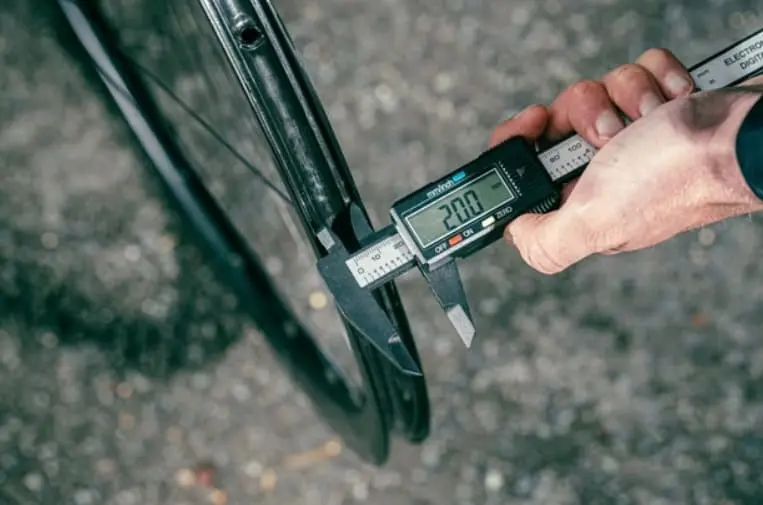
Most new road tires are designed around a 19mm inner rim width. And a wheel with a wider inner rim width may increase the actual width of the tire when inflated.
Currently, most new tires are designed to the latest 2020 ETRTO (European Tire and Rim Technology Organization) standard and have an internal width of 19mm, so wheels with an internal rim width greater than 19mm may increase tires when inflated to a given air pressure the measured width of (and vice versa).
Therefore, when using the same type of tire, the optimum tire pressure for a wider rim will be slightly lower than that of a narrower rim.
2. Reasonable weight distribution
As mentioned earlier, if the rider is heavier, the tire pressure should also be higher; at the same time, the overall weight of your bike is also important.
If you are riding a super light road bike, the tire pressure needs to be lowered appropriately. Vice versa, if it is a station wagon or a road car with a heavy load, you need to increase the tire pressure moderately.
Among them, for road vehicles, the load on the rear wheels is usually slightly higher than that of the front wheels, that is to say, the rear tire pressure should be higher than that of the front wheels.
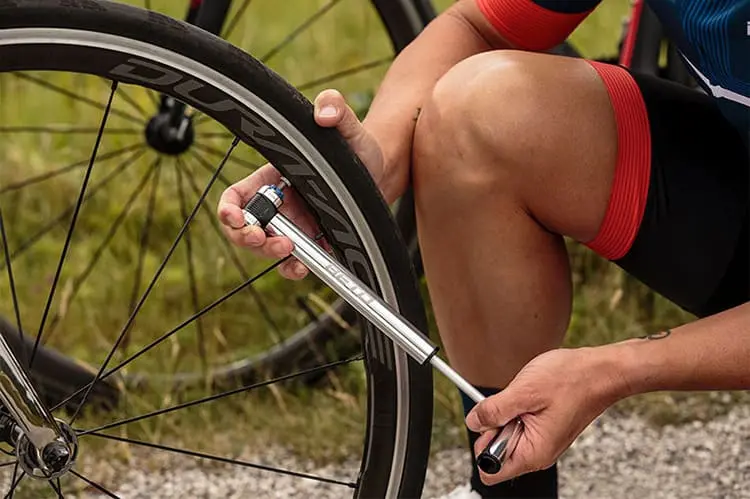
3. Road conditions
The road conditions you ride on will affect the ideal tire pressure.
If you are riding on a racing track with a very smooth road surface, the higher the tire pressure, the faster the speed. On imperfect bumpy surfaces, however, with bumps and bumps, too high tire pressure will only increase vibration and cause slower speeds.
When the road becomes very rough or covered with more gravel, narrower tires (25mm width or narrower) may not provide enough protection for the rim or tube at lower tire pressure, especially if the person and vehicle are heavier This can lead to flat tires or even damage to the rims.
At this time, switching to a wider tire can take into account the reduction of rolling resistance and the improvement of comfort.
This is why professional players choose tires with a width of 28mm and above in stone road races such as the Tour of Flanders and Paris-Roubaix.
4. Weather and temperature
Or if it rains during the ride, the front and rear tire pressure should be reduced by about 5psi. This helps increase the amount of rubber in contact with the road, which improves grip.
When the temperature is higher, whether due to air temperature or braking, it will increase the tire pressure to some extent.
If you use rim brake road bikes (especially carbon fiber wheels or latex inner tubes) to go downhill for a long time in hot summer, please reduce the tire pressure appropriately. Because the heat generated during the braking process cannot be eliminated in time, doing so may lead to excessive air pressure inside the tire, which can easily lead to the danger of a tire blowout.
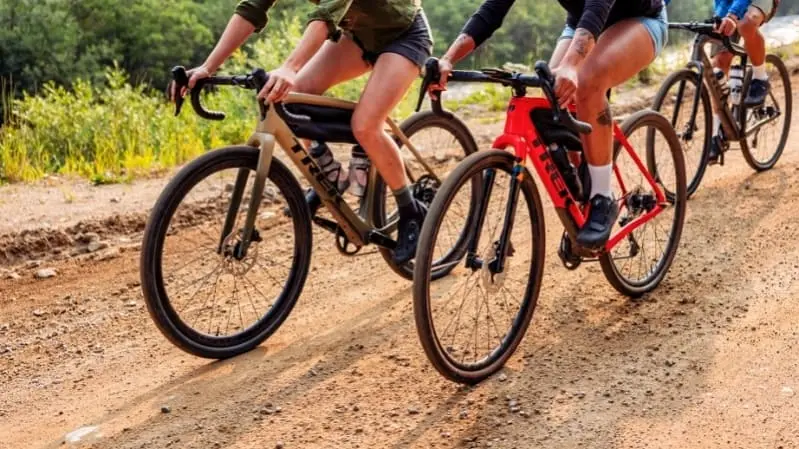
5. Tire structure
The materials and processing methods used by road bike tire manufacturers also affect optimal air pressure to a lesser extent.
Road tires designed for racing or summer use tend to be reinforced with more specialty materials such as Kevlar (this refers to the number of threads per inch or TPI of the tire) with a thin top layer rubber tread. This allows them to deform more easily than other tires under the same air pressure, and better absorb shock from the ground, resulting in a smoother and faster ride.
Conversely, winter road bike tires typically have a stiffer, more durable design. The tire tread on its outside also tends to be thicker for improved mileage and puncture resistance.
With this in mind, you may need to lower your tire pressure slightly when riding with winter tires, as the optimal air pressure for the same comfort and grip in winter may be lower than usual.
Use tubeless tires
If you're on a tubeless tire, the lack of a tube means you can safely use lower pressures without worrying about popping the tube.
Since lower tire pressures provide better grip in poorer road conditions, tubeless tires are great if you're riding a road bike with relatively wide tires and want to ride off-road or on gravel with ease. Nice choice.
Fine-tuning road tire pressure
As of now, I believe you already know how to set the most suitable tire pressure, but how to fine-tune the tire pressure? You can do some simple experiments yourself.
Combined with the above suggestions, and then considering the riding road conditions, the test results on longer asphalt roads will be more accurate.
If not, you can also try to gradually increase or decrease the air pressure according to about 5psi, and then pay attention to whether the feedback of the road feel is comfortable during riding. After repeated several times, you can finally determine the best tire pressure for you.
If the ride feels very smooth and the tires do not deform too much when cornering, then congratulations you have found a more suitable tire pressure, but remember to set the tire pressure slightly higher but not too low.
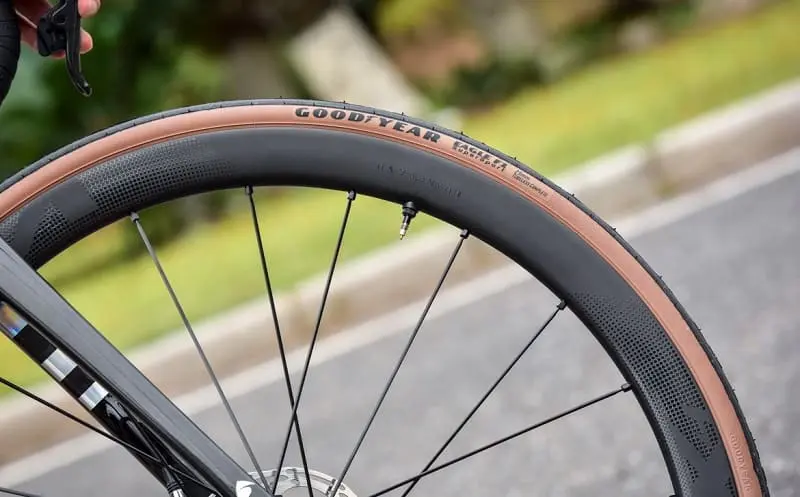
Test tire pressure
If you are a very serious person, you can also consider using a power meter to perform a simple test to find out the more accurate optimal tire pressure.
Find a long slope with an average gradient of more than 5% and see how different tire pressures affect power at the same speed, or how fast you ride at the same power output.
The optimum tire pressure should be the one that will allow you to reach the desired speed with the least amount of power, or the one that will allow you to ride farther with the optimum power.
Note that it is important to keep all other variables (such as overall weight, riding segment, traffic conditions, weather, etc.) constant between each test, otherwise it may affect the accuracy of the results.

